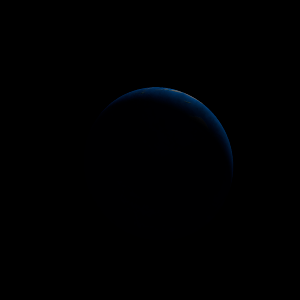|
|
Space Astro
|
Info for exoplanet "Bexare"
| Scientific (actual) data |
|---|
| Name | Kepler-592 b |
| Planet status | Confirmed |
| Radius | 0.213 |
| Orbital period | 2.82019 |
| Discovered | 2016 |
| Updated | 2021-02-05 |
| Tconj | 2455000 |
| Publication | Announced on a website |
| Detection type | Primary Transit |
| Alternate names | 2MASS J19030976+4840597 b, K00537.01, KIC 11073351 b, KOI-537 b, KOI-537.01, WISE J190309.78+484059.6 b |
| Star name | Kepler-592 |
| Right ascension | 285.79° |
| Declination | 48.68° |
| Mag j | 13.626 |
| Mag h | 13.3 |
| Mag k | 13.219 |
| Star distance | 1034 |
| Star metallicity | -0.03 |
| Star mass | 1.04 |
| Star radius | 1.04 |
| Star age | 3.89 |
| Star temperature | 5913 |
| Star alternate names | 2MASS J19030976+4840597, KIC 11073351, KOI-537, WISE J190309.78+484059.6 |
| Wikipedia article | Kepler-592 b |
Back
| |
| Fictional info (?) |
|---|
| Suggested name | Bexare |
| Planet type | Cold planet |
|
One of this planet's pleasant moons is known for its unpredictable and interesting plants that spend their life close to volcanos by finding nourishment in something called Heruj Esih in the shade. They are related to Netir'i but have 2 arms and vary in size from 50 to 90 mm. Most Raxesa Pe are able to thrive at temperatures from 10 to 60°C and very low gravity. |
| Estimated population | 50000000 |
| Atmosphere | Oxygen | 60% |
| Carbon dioxide | 20% |
| Methane | 19% |
| Water | 0.0016% |
| Atmospheric pressure | 2.9 bar |
 |
| Moon | Esar Orah-az | Small potato shaped crater-filled asteroid |
| Google search for Bexare |
|
Website by Joachim Michaelis
|
|
|
|